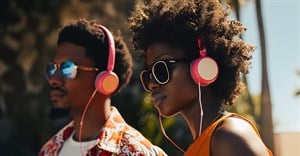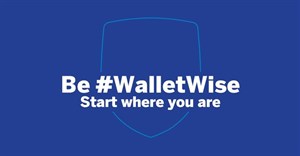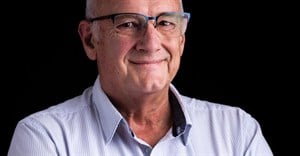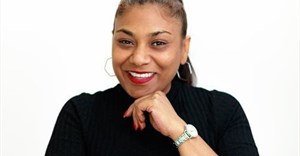
Tuning FM to your Insta Tok Twit Face
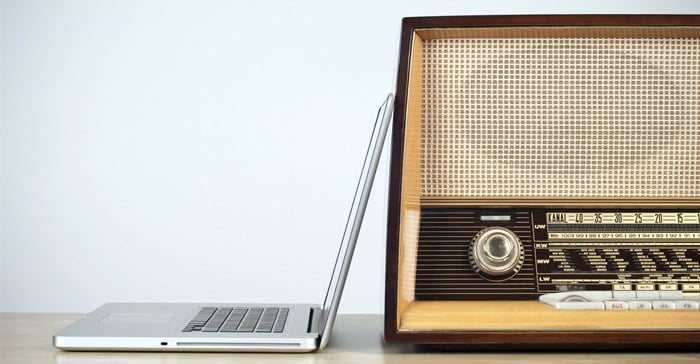
Many school classrooms look much the same in 2019 as they did in 1979, 1989 and 1999., A teacher standing in front of a class full of children explaining concepts and need to know-knowledge is as recognisable today as it was forty years ago. The effectiveness of this method of schooling in an ever-changing digital, connected and the always-on world must be questioned. The concept above has many similarities in the way radio stations use new media to connect with audiences in the digital world.
Consider what content looks like across multitude of platforms
Most traditional radio stations have a presence on social platforms. Facebook was followed by Twitter then Instagram, Snapchat, Whatsapp, Youtube and the adventurous are on TikTok. The success of these platforms is in the nuance of the way each one connects with and makes the user feel part of the online, connected experience. Often traditional broadcasters try and morph new platforms to suit what they do as radio platforms without fully understanding the value lies in using it as a tool to add to and augment the main offering on radio.
Online connected experiences are not secondary broadcast platforms, they are experiences within themselves. As radio practitioners, when creating original content, one must always consider what it looks like across a multitude of platforms and tweak it accordingly. The ability to engage the audience more regularly without the need to always have them listening to the radio creates bigger, stronger and more engaged communities.
Data from the United States says 70% of adults are using a second device while watching television and broadcasters are successfully creating content that incorporates mobile device usage while watching television.
The concept of the second screen can be as beneficial for radio, especially to access supplementary, niched and rich content.The world of on-demand and podcasting
Radio understands the power of sound, the ability to tell stories, how to passively engage audiences that are multi-tasking and how to extract quality content from guests through interviews and interactive programming. In the world of on-demand and podcasting, there is a natural link to bite-sized radio content packaged for fast-paced FM environments and longer more in-depth content that is conceptualised and created at the same time for use elsewhere.
Astute producers understand that you only have to get the guest to come in once, maximise the opportunity when they are in front of you, use technology to quickly and effectively edit for a live radio environment and then use the longer, more detailed pieces in a new media offering. Each platform and ultimately the audience win in each scenario.
Providing content with a golden thread
Smartphone usage among young people is inevitable and undeniable. 81% of secondary school students in South Africa own or have access to a mobile phone. This high penetration creates an opportunity for the second screen/speaker to supplement traditional radio content.
By providing content with a golden thread across a variety of platform, stations are able to create an audience loop across the platforms where the content is disseminated. It is within this concept of a content loop, that broadcasters must apply themselves and need to put in the effort to provide appropriate, unique and original content for specific platforms.
If there is a need for additional elements like scrolling text, audio, sound effects, add-ons, enhancements, pictures or moving images when posting to platforms, radio stations and broadcasters need understand that they need to have the relevant skills and tools to provide compelling, well-produced and thought-out content.
The art of creating is the most challenging
Digital social platforms are no longer the new kid on the block. Facebook and Twitter have had a relationship with the radio for more than a decade. There are many current practitioners who have never worked in this business without the social elements provided by digital connectivity.
Radio understands the simple need for audiences to connect, people want to be part of a bigger community. Digital offers the second screen to this need, where and when people want to tap in and engage.
The conversation must shift from digital being a competitor to being complimentary, some things just work well together.In a content loop, the art of creating is the most challenging. Once the idea has been thought of, planned, shared and created the execution can take place on a multitude of platforms. Radio is the original social platform where communities were built, where likes were given, ideas shares, love shown, and accounts temporarily disabled. It’s time for radio to realise that we’re not on a Tinder date with digital, we’re in the same Whatsapp group!
Let’s create to share and activate, captivate and amplify!
















